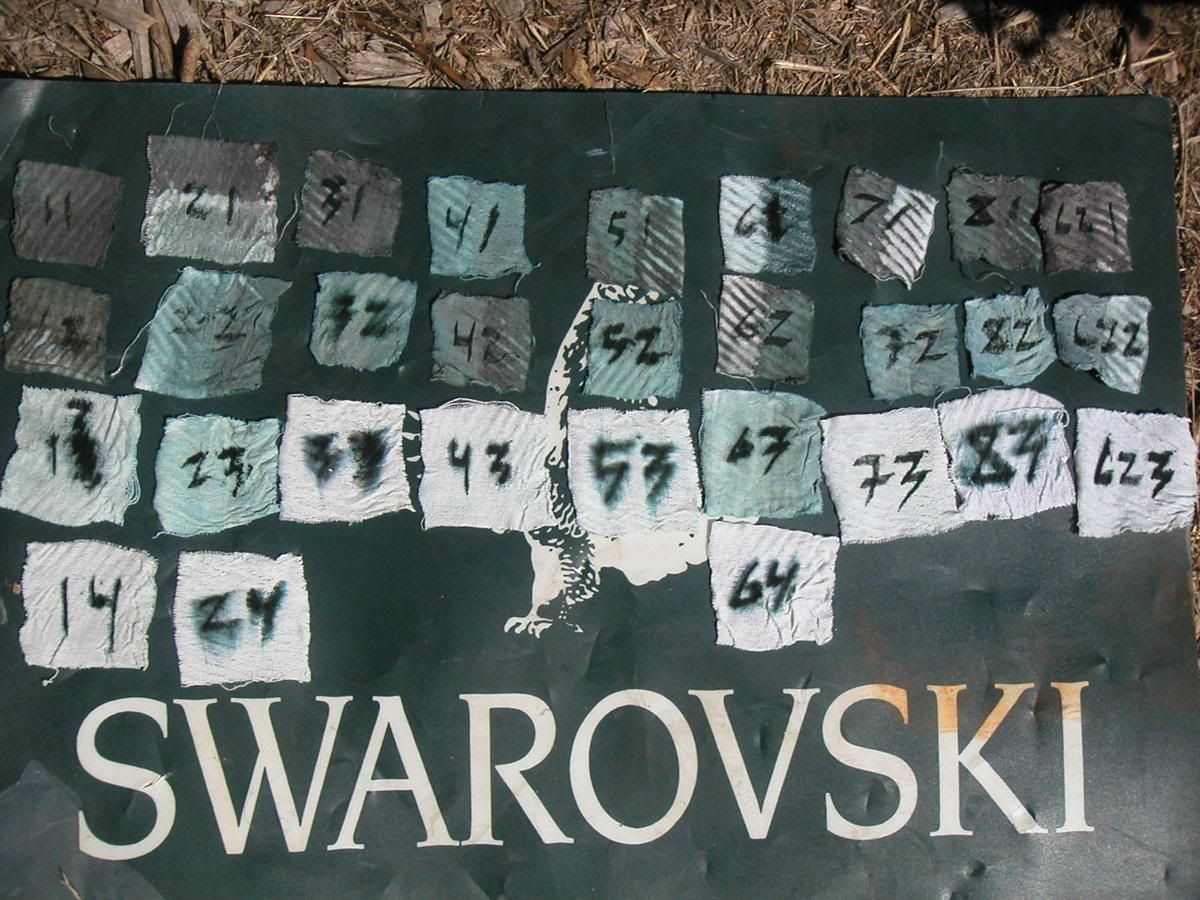Thank you Al and Gene for the kind words. Much appreciated.
I see now that my 800+ posts have returned against my asking for them to be removed, so maybe I'll hang around. We'll see. To tell you the truth, I'd rather discuss shooting topics with real shooters at real matches instead of dealing with rude, "misplaced" mods and keyboard shooters who field every question asked on this forum whether they have the answer or not.

I guess I just don't have the patience or tolerance for that idiocracy anymore, and that seems to be almost all you get on the internet these days.
As to the topic at hand, Gene, you made several interesting points I'd like to comment on if I may? First, this one:
Faith in the one-shot-and-clean breakin procedure rests on the premise that even a slight amount of copper fouling is detrimental to accuracy. And that if there is even a speck of copper deposited in the bore and we don't completely remove it before firing another shot, copper will continue to build up in that spot and the barrel will never smooth up.
Then this one:
:"The barrel will "break-in" after the same number of cleanings anyway and you won't be wasting either time, barrel life or components.
I agree that those spots will eventually disappear whether you breakin the barrel or not. Eventually you will end up cleaning the same amount of times and the barrel will be "broken in" much to the same effect (I like to call it "seasoned in" or the point where the barrel attains the condition in which it seems to shoot to it's potential). The difference then, in our two methods, is basically how quickly we get the barrel to that point.
Yes, the breakin method is a pain and uses up components and a wee bit of barrel life (although an extra 5 or 10 rounds is pretty inconsequential in the grand scheme of things) but, that being admitted to, I actually think breakin wastes LESS components than not breaking in. Here's why:
If you don't breakin the barrel, you are essentially just prolonging the time it takes to get your barrel to that "seasoned" condition. During that time, you may shoot lots of groups or targets with less than stellar results. You may even start to think that you got a barrel that just isn't very good. Or if you're like me, you start to wonder if you have forgotten how to shoot and you start going down the old troubleshoot list (again). Pretty soon, you've burned up another pound of powder and another box of bullets. The barrel gets taken off and put in the "practice barrel" or "fireforming" bin. Sound familiar?
But what if that barrel just simply got put away before it got to the conditioned phase?
So all I'm saying is that I believe breakin speeds up the process of seeing what the true potential of the barrel is going to be. In other words, you get the first 10 cleanings done in the first 10 shots instead of the first 10 cleanings coming in 250 shots thereby getting the barrel to a condition it prefers in less time and with less components.
I'll add a couple more things to the discussion. I think copper in the barrel is given too much blame for inaccuracies. Even among break-in proponents. Copper is a gilding metal and it will only layer up to a certain thickness point under pressure. If this were not so, you'd see lots of machine gun barrels that after firing thousands of rounds without cleaning, they'd look like a .17 caliber bore. Obviously, anyone who's actually looked down a machine gun barrel knows that doesn't happen. I've seen many barrels that showed no apparent loss of accuracy even after firing 50+ shots of copper plated bullets without cleaning. So I cannot see where using Gene's method of prepping a barrel would ever
hurt the barrel.
Carbon build-up is much more of a problem than copper build-up in my mind.
Secondly, a breakin procedure such as what Creekwalker described is not going to do what I want a breakin to do. The goal is not to keep copper off the riflings entirely, it's to make that bullet swage down the bare metal and condition the bore where it is going to by simulating that "first shot after a thorough cleaning" effect. By the same token, a breakin procedure in which you fire three or four shots right from the start isn't going to hurt anything, it simply just wastes two or three of the subsequent shots. In other words, you'll get the most bang for the buck by firing only one shot and then cleaning. In other words, the idea is to get those first 10 cleanings out of the way as fast as possible in the barrel's life with the least amount of bullets being used.
So, that's just my take on it. But, to prove that I have an open mind, and since we go through these dang 6ppc barrels about as fast as we go through a pack of Charmin rolls, I will re-visit Gene's method on my next barrel and see if I get different results. Lord knows I can do without the dreaded "breakin day" at the range one time!



